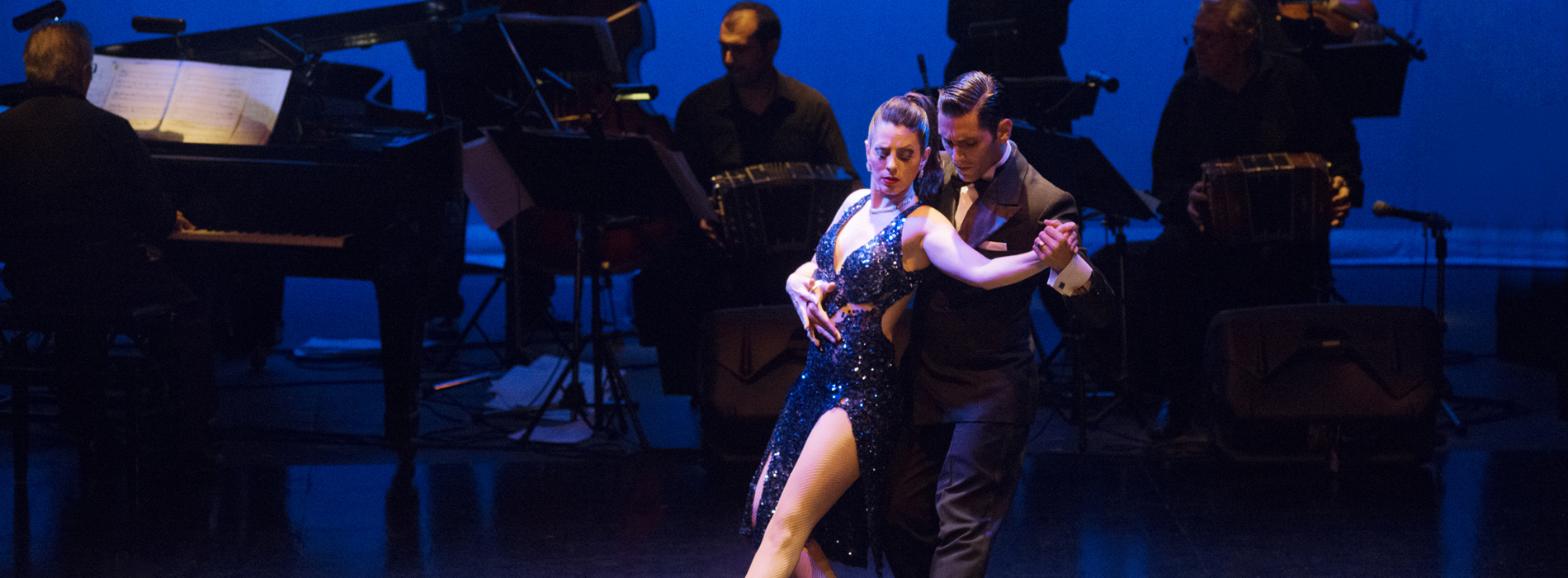
Common Mistakes Beginners Make in Tango
Tango is a beautiful and passionate dance that can seem intimidating at first. If you’re taking a tango class in Buenos Aires or anywhere else, it’s natural to make a few mistakes along the way. These mistakes are part of the learning process. However, understanding and correcting them early will help you improve faster. In this article, we’ll highlight some common mistakes beginners make in tango and provide tips to avoid them.
1. Ignoring the Basics
One of the most common mistakes beginners make is skipping over the basics. It’s tempting to try advanced moves before mastering the fundamentals, but this can hinder your progress. Whether you’re in a tango class in Buenos Aires or taking an online lesson, focus on the basic steps, posture, and balance first. Without a strong foundation, learning complex moves can be difficult. Make sure to take your time and get comfortable with the core techniques before moving on.
2. Not Maintaining Good Posture
Posture is crucial in tango. Many beginners make the mistake of slouching or not standing tall enough. Good posture not only helps you move more efficiently, but it also improves your connection with your partner. Keep your back straight, shoulders relaxed, and head up. Think of your body as a vertical line, with your torso slightly forward to allow for better movement. By improving your posture, you’ll feel more confident and comfortable on the dance floor.
3. Overthinking the Steps
In the beginning, it’s easy to get caught up in the details of each step. Many beginners worry too much about getting the steps “perfect.” Tango is about feeling the music and connecting with your partner, not just the steps. Instead of focusing on each individual movement, let the music guide you and stay in the moment. Trust yourself and your partner, and allow the dance to flow naturally. Overthinking can lead to stiffness, so relax and enjoy the rhythm.
4. Failing to Connect with Your Partner
Tango is a partner dance, which means the connection with your partner is key to making the dance flow. A common mistake beginners make is not paying enough attention to their partner’s lead or follow. In tango, communication happens through touch and body movement. If you’re the lead, make sure your signals are clear and gentle. If you’re the follower, stay sensitive to your partner’s movements and respond accordingly. Whether you’re taking a tango class in Buenos Aires or practicing at home, focus on building a strong connection with your partner.
5. Not Moving to the Music
Many beginners are so focused on their footwork that they forget to feel the music. Tango is deeply connected to the rhythm and emotions of the music, so it’s important to move to the beat. When you’re learning tango in Buenos Aires, take time to listen to the music and let it guide your movements. Don’t just focus on steps or routines. Instead, let the music inspire you to move gracefully. This connection will make your dance feel more natural and less mechanical.
6. Holding the Wrong Frame
In tango, maintaining a proper frame is essential. A common mistake beginners make is holding a weak or tense frame. This affects the flow of the dance and the connection with your partner. As a lead, your frame should be firm but flexible, allowing for a clear lead. As a follower, your frame should stay responsive and connected to the lead. Practice maintaining a strong but comfortable frame during your tango class in Buenos Aires to improve your balance and coordination.
7. Not Practicing Regularly
Like any skill, tango requires regular practice to improve. Beginners often make the mistake of taking a class here and there but not practicing consistently outside of class. To truly improve, you need to practice regularly. Whether it’s reviewing what you’ve learned in a Tango Intensive Package or attending a local milonga (tango social dance), the more you practice, the faster you’ll progress. Tango is about muscle memory, and that comes with repetition.
8. Comparing Yourself to Others
Finally, many beginners fall into the trap of comparing themselves to more experienced dancers. Remember, everyone starts somewhere, and it’s important to focus on your own progress. Tango is a personal journey, and it’s more important to enjoy the process than to compete with others. Be patient with yourself and celebrate the small victories along the way.
Conclusion
Tango is a beautiful and rewarding dance, but beginners often make common mistakes that can slow their progress. By focusing on the basics, improving your posture, connecting with your partner, and staying in tune with the music, you can avoid these common pitfalls. Whether you’re attending a tango class in Buenos Aires or participating in a Tango Intensive Package, practicing regularly and staying patient will help you become a more confident and skilled dancer. Enjoy the journey and embrace the passion of tango!









